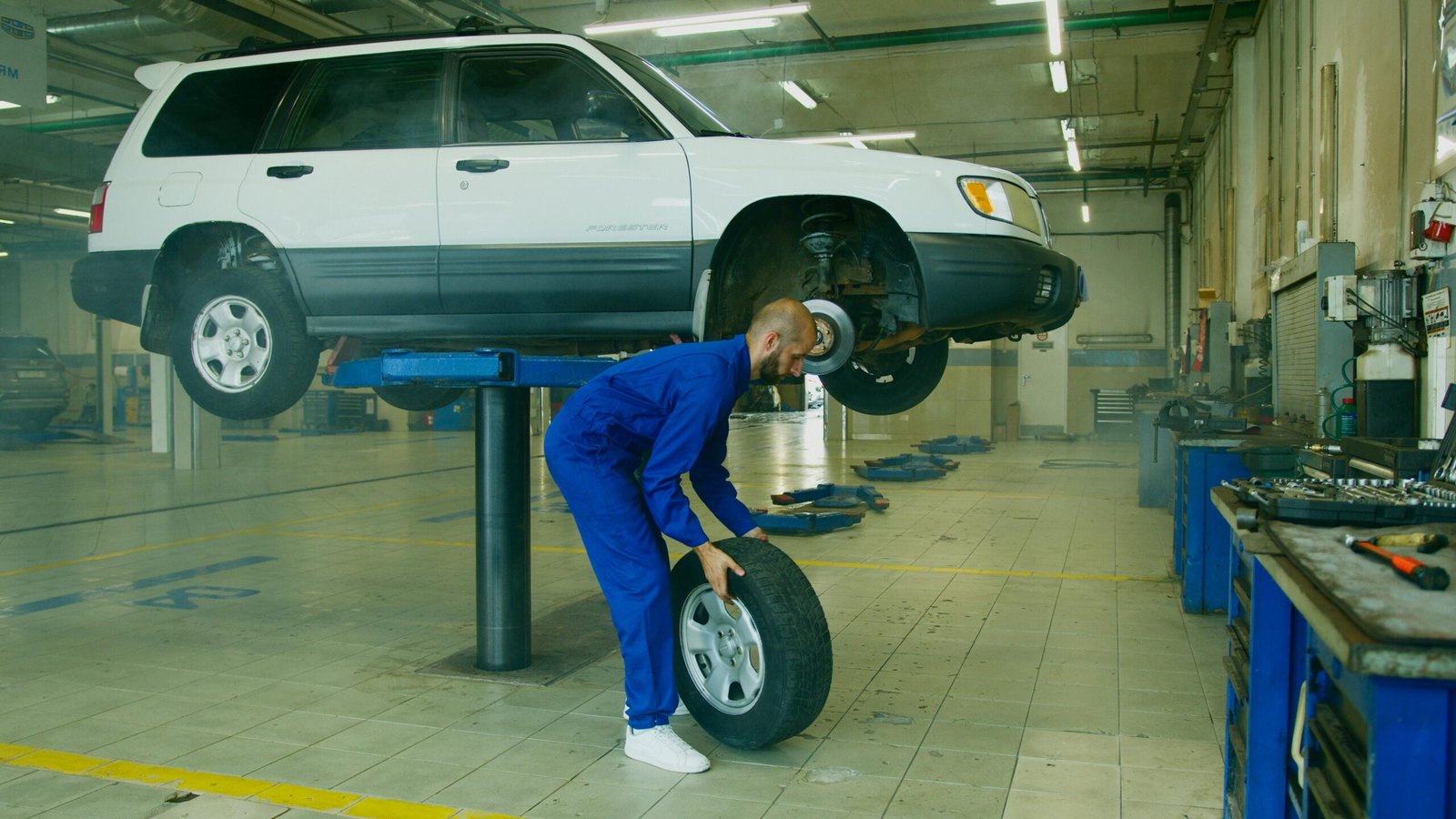Table of Contents
When to Replace Tires?
Your vehicle depends on tires to establish its sole connection to driving surfaces. Numerous vehicle operators neglect their tire status until they encounter a dangerous situation. Tire replacement decisions need to exceed basic mileage marks because they protect driver safety together with vehicle performance and mental comfort.
Understanding the signs that indicate it is time to retire your worn-out tire sets requires attention to several key factors. The following discussion examines clear indications together with medical parameters and appropriate procedures for identifying tire replacement time.
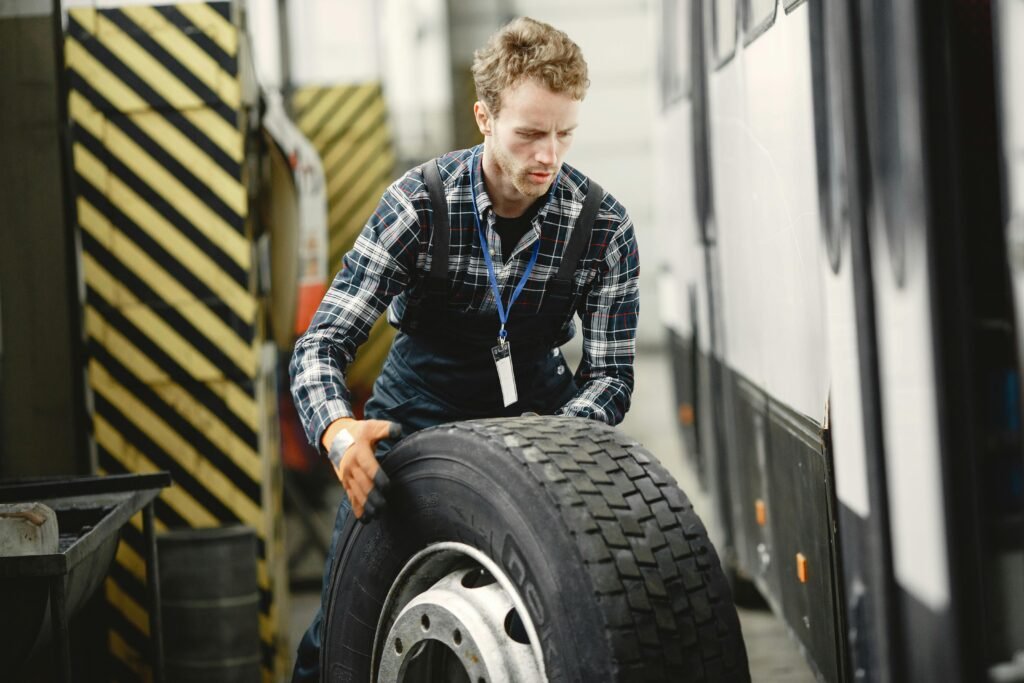
Tread Depth: The First Line of Defense
Tire tread performs essential grip functions, particularly in rainy or snowy situations. The diminishing quality of tires leads to their reduced capability for maintaining proper grip.
The 2/32 Rule
The majority of safety organizations demand tire replacement when the existing tread measures below 2/32 inches deep. This loss of traction capability makes your chances of hydroplaning control deteriorate immediately after the tire reaches this point.
The Penny Test
- You can perform a simple DIY check on tread depth through the penny test method.
- The penny should be placed into the tread with Lincoln facing downwards.
- The top of Lincoln’s head should remain hidden from view to indicate proper tire tread height.
Despite covering some parts of his head, the tread still enables safe driving, although you need additional attention to this condition.
All four wheels need inspection and multiple points on each tire should be checked to discover possible uneven wear patterns.
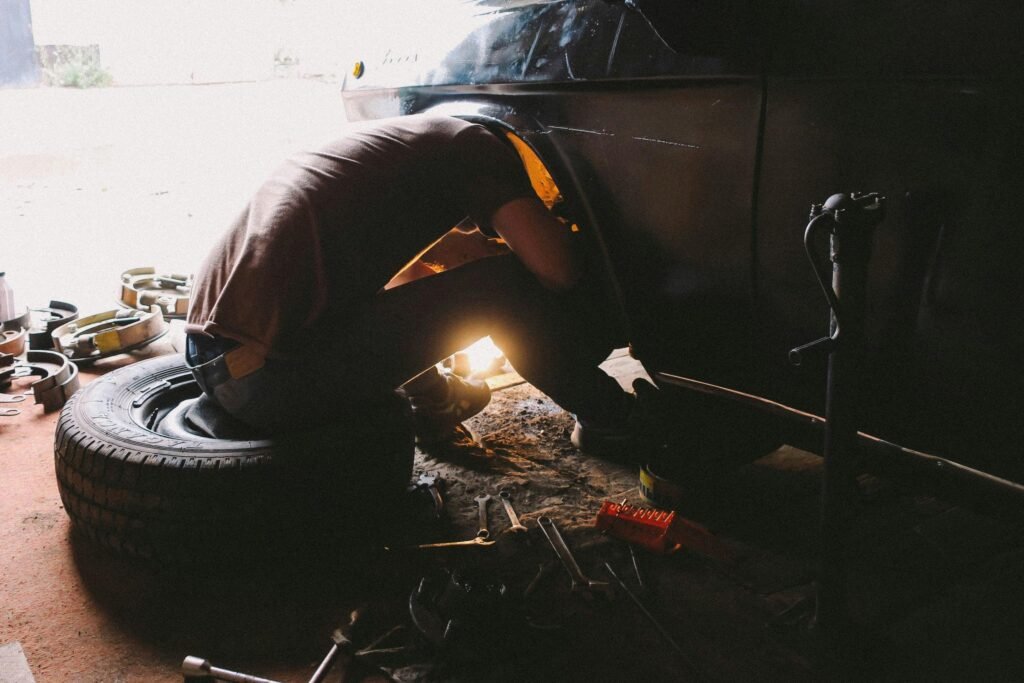
Age Matters: Even if Tread Looks Fine
Old age causes tires to expire, although they maintain acceptable condition. Exposure to oxygen together with heat and ultraviolet rays causes rubber to naturally deteriorate with time. Surprisingly enough, the tire’s appearance does not indicate if it maintains proper structural integrity.
The 6- to 10-Year Rule
After 5 years: Inspect your tires annually for signs of aging. Regardless of apparent condition, it is essential to replace tires no later than ten years from their original purchase date.
After 10 years: Relocation of the tires becomes necessary after one decade regardless of their apparent condition.
The tire manufacturing date exists on the sidewall, where you can locate it. Check the DOT code because its trailing four numbers show when the tire was made, during which week of what year. The tire production date corresponds to “2318,” which indicates its creation occurred during the 23rd week of 2018.
Visible Damage or Irregularities
Certain tire problems become obvious before demanding an instant tire replacement.
Watch for:
- Tires should be replaced if they have any openings or cuts situated on the sidewall.
- A tire bulge along with bubbles emerges mainly from hitting obstacles or internal elements damaging the tire structure.
- Chunks of tread missing
- Exposed cords or wires
- Repeated air pressure loss
Structural failure may be present when these signs reveal themselves. A vehicle equipped with a damaged tire becomes unstable during high-speed driving and presents a threat of sudden blowouts that can trigger dangerous loss of control.
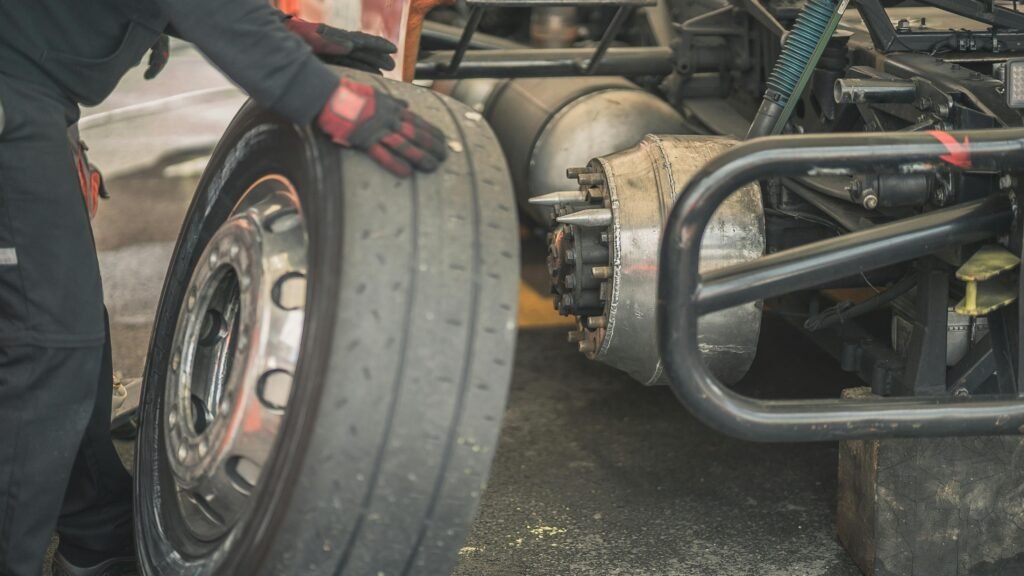
Condition of Tire Wear Provides Important Warning Signals
Wear marks on tires should appear smooth without excessive unevenness across the tread. The condition of your tires indicates that your vehicle could have alignment problems or suspension malfunctions or you might not perform regular tire rotations.
Common patterns:
- Center wear: Over-inflation
- Edge wear: Under-inflation
- Cupped-shaped or irregular tire wear: Vehicle suspension problems and balance issues often result in cupped-shaped or irregular tire wear.
- One-sided wear: Misalignment
When you detect uneven tire wear soonenough,h you may avoid having to buy new tires. It is better to replace tires with extensive or significant damage rather than repairing them.
Seasonal Considerations
People operating vehicles with seasonal tires usually change between winter tires that work in cold weather and summer tires suitable for hot days. The tires have distinct purposes due to their specialized design for particular conditions affecting specific materials through differing degradation processes.
- The heat of warmer weather accelerates the depletion of material in winter tires.
- Summer tires show brittleness when the temperature remains below freezing point.
- Storage issues with seasonal tires prior to reuse can reduce their lifespan to an extent.
Inspection of the tire’s tread along withthe sidewalll should occur before reinstalling them on your vehicle.

Tire Vibration: A Red Flag
Steering wheel or floorboard vibrations serve as an indication that the tires could be to blame.
Poor wheel alignment or faultysuspension,n together with the following vehicleconditions,s can cause vibration.
- Tire separation.
- Tire imbalance
- Internal damage
Perform tire inspections when shakingoccurs,s particularly at vehicle speed limits. Such unresolved conditions can result in unexpected tire failure as well as prematurely worn components.
Spare Tires Count Too
A spare tire you keep in your trunk remains vulnerable to aging alongside your primary tires so it should get replaced when they turn ten years old. A tire should be replaced regardless of use since it exceeds 10 years in service.
Check both spare tire pressure and tread wear at least twice every year. Waiting for your spare tire to develop a flat during usage would be a serious problem.
You Don’t Always Need to Replace All Four Tires
Tires need to be replaced together when possible but replacement of the entire set is not strictly required.
- When replacing only two tires, keep them on the rear axle regardless of front-wheel drive or not. Fortunately, this practice gives you better control of your vehicle in critical emergency situations.
- Tires require matchingdimensions,s brandtypes,s and patterns with current models in order to maintain safe performance.
Speak with your car documentation or seek advice from a tire expert before changing tiresthath require different dimensions on front and rear wheels.
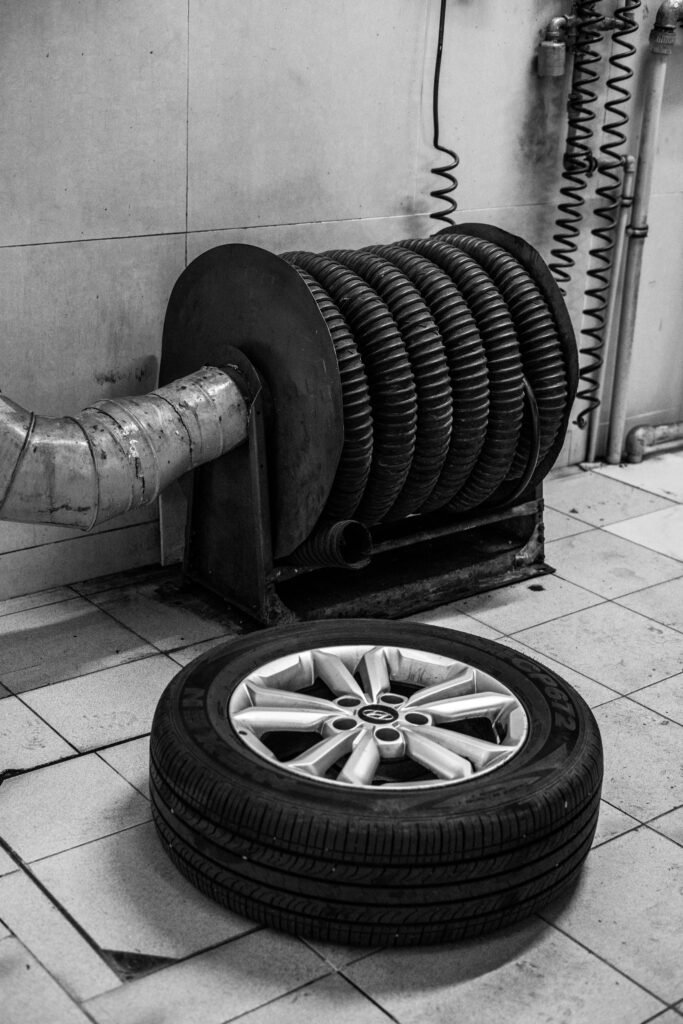
Final Thoughts
The decision to replace tires depends more on observing signals, including tire wear depth and age, together with damage and wear pattern development, than on specific mileage guidelines.
Tires will last longer through professional annual inspections and monthly pressure checks and scheduled yearly inspections by experts while you stay safe from both expensive and dangerous consequences.
The structure of your vehicle foundation depends entirely on the condition of your tires. Approach tires with kindness together with respect because they will pay it back with increased safety during each journey.

